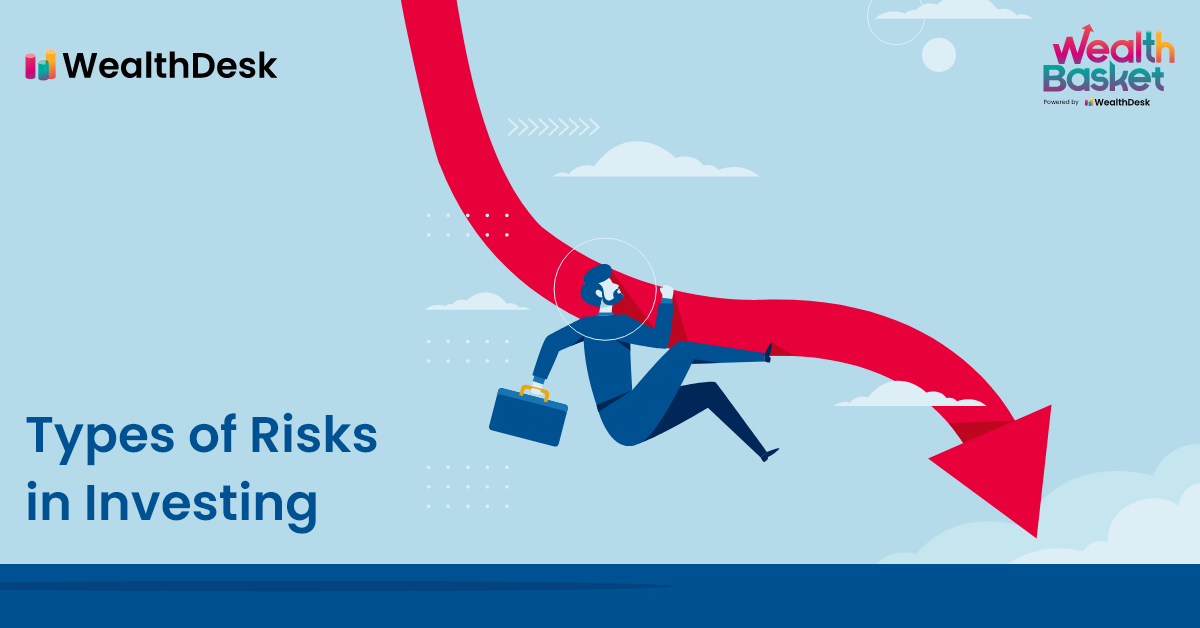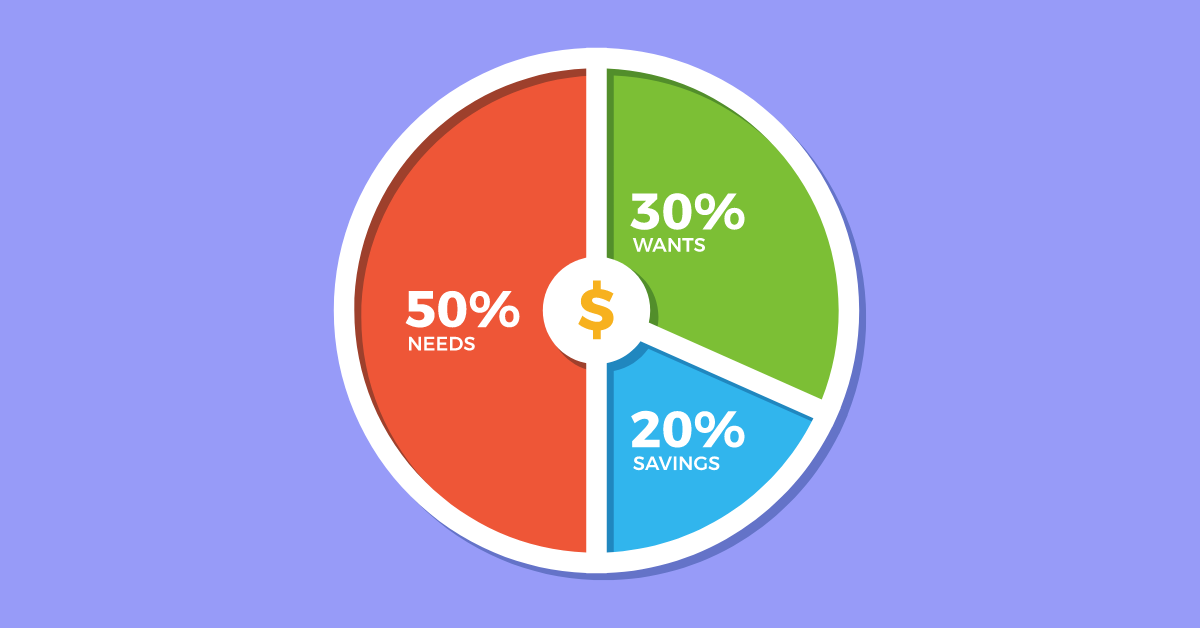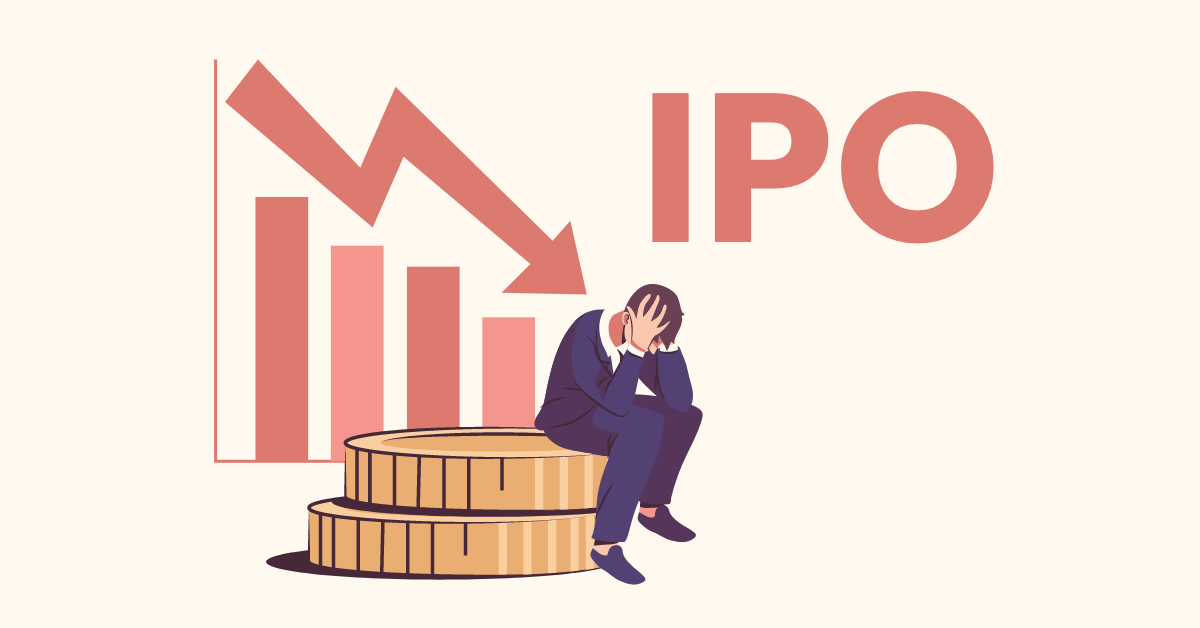Investing, like all major life decisions, is a risky process. The main risks involved with investing are not knowing how your investments will perform and losing out on your primary investments. But not all assets are risky. In India, investors do have some risk-free investment opportunities.
What is Risk in Investing?
When it comes to investing, risk refers to the chance of making losses on your investments. Some definitions may even include the chance of your returns varying from the expected returns. Investors face different risks depending on the type of asset they hold. Learning about different types of risk and asking whether they apply to your assets is a good starting point for risk assessment.
What are the 5 Types of Investment Risks?
Before we look into high-risk or risk-free investments, let us understand the different types of risks involved when investing.
1. Market Risk
Market risk means you may lose the principal investment amount if the shares of the company you invested in suddenly fall due to stock market volatility. This is the most well-known investing risk and also the most feared.
How to avoid Market Risk?
One way to avoid this risk is by not investing in high-risk stocks. However, such stocks are high-risk, high-return investments. So, if you decide to invest in them, make sure you do not sell them below their buying price. If you continue to hold the stock, even at a lower price, chances are you may once again gain the amount you lost when the stock market experiences a boom.
2. Business Risk
Business risk is also related to your equity investments. It means your investment can be at risk if the company or the sector that you have invested in performs poorly for any reason.
How to Avoid Business Risk?
You should continuously diversify your portfolio and invest in different companies and sectors’ stocks to avoid this risk. This way, even if one sector performs poorly, you will get some returns on your other investments.
3. Liquidity Risk
Liquidity risk means the risk of not being able to divest off your investments to get cash in hand quickly. Many people usually do not take this risk into account when investing. So, they end up with assets that have lock-in periods and cannot be sold off quickly when they want.
How to avoid Liquidity Risk?
To safeguard yourself from this risk, you should diversify your portfolio and make sure you invest in high liquidity stocks and investments. This will allow you to sell your assets in times of crisis.
4. Inflationary Risk
Inflationary risk means that the value of your investments and your purchasing power are at risk of declining in value due to increasing inflation.
How to avoid Inflationary Risk?
To avoid this, you can invest in high-risk, high-return stocks that give you higher returns than the inflation rate.
5. Credit Risk
Credit risk usually impacts those who invest in debt instruments and bonds as the debtor can at any time default on the payment.
How to avoid Credit Risk?
Look at the company’s credit score or the business whose bonds you are purchasing to prevent this from happening. A good credit score means there is a lower risk of default. Additionally, investing in government bonds is a good strategy since there is a low chance that the government will default on its payments.
How to Avoid Risk in Investing
There are several ways that you can reduce your
risks while investing. Here are a few steps that you can take to secure your
investments:
-
Invest in ETFs or Mutual Funds
You automatically diversify your investments by investing in ETFs or mutual funds. This is because these funds usually pool a bunch of equities and bonds together for you to invest in. Professional portfolio managers also manage these funds, so there is a low chance of facing market risks.
-
Portfolio Diversification in Investing
As mentioned above, portfolio diversification is a crucial investment risk management tool. Portfolio diversification means that you invest your money in different investment vehicles, like equities, bonds, fixed deposits, and so on. In this way, if one of your investments is not performing well, you are not at risk of losing all your money.
-
Invest in Real Estate
Real estate is usually considered a safe investment as the property price generally goes up with time. Therefore, you can secure yourself from market risk and inflationary risk by investing in real estate.
-
Take the Help of a Professional
If you feel you don’t have the knowledge or the time to properly diversify your investments and safeguard yourself against the risks mentioned above, you should consult a financial advisor. Nowadays, you don’t even need to go to a professional portfolio manager’s office to discuss your investments. You can do so through an online portal.
WealthDesk offers you low-cost but high-quality investment solutions. WealthBasket Managers create curated portfolios and monitor them regularly and give rebalancing updates. So, you can rest assured that your investments will be well taken care of.
Conclusion
As mentioned above, everything in life comes with risks. Though investing is risky for you right now, it can make your future risk-free and stress-free by allowing you to retire peacefully. So, you shouldn’t postpone your investment decisions because you feel it is too risky to do so now. It would be better to consult a professional and get their advice on what you can do to secure your future.
Discover stocks that suit certain filter criteria and dive into details to check their WealthBaskets.
FAQs
Investing in the stock market, especially in the derivatives market, which involves futures and options stocks, is very risky. There is no guarantee that you will earn any profits from this investment. If the company you invest in doesn’t do well, or the shares are impacted by stock market volatility, you can lose your hard-earned money.
A low-risk, high-return investment is the National Pension Scheme. This is a government-backed scheme that allows people to invest in debts and equities. This is a relatively safe investment option since professional fund managers look after your investments. However, it also promises high returns as it allows you to invest in various equities.
The three riskiest investments are Penny Stocks, Futures and Options, Initial Public Offerings
– Public Provident Funds
–
Government Bonds
– Mutual Funds


















